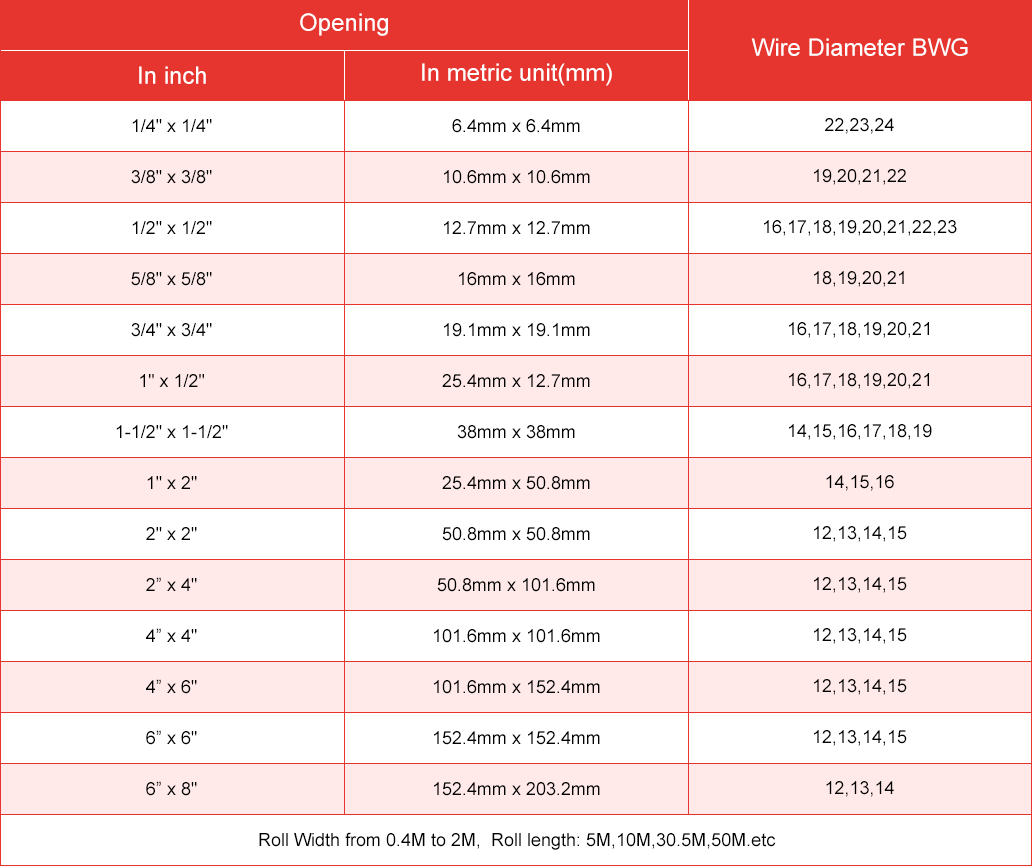metal barbed wire
Understanding Metal Barbed Wire A Versatile Tool for Fencing and Security
Barbed wire, a prominent fixture in the world of fencing, has cemented its place as an invaluable tool for security and containment. Primarily made from metal, this unique form of wire possesses sharp barbs attached at intervals along its length, designed to deter intruders and livestock from crossing boundaries. Its history, construction, applications, and innovations continue to shape its role in modern society.
History of Barbed Wire
Barbed wire was invented in the late 19th century as a solution to the challenges of enclosures in agriculture and livestock management. The initial designs emerged from the efforts of individuals like Joseph Glidden, who patented the first effective barbed wire model in 1874. This innovation revolutionized farming practices, allowing for easier and more secure fencing compared to traditional wooden fences. Since then, it has evolved and adapted to meet the demands of various applications.
Composition and Manufacturing
Metal barbed wire is typically made from high-carbon steel or galvanized steel, chosen for their strength and durability. The manufacturing process involves drawing metal rods through a die to achieve the desired thickness before being twisted to form strands. These strands are then assembled into a wire, with barbs positioned at regular intervals. The barbs can vary in size, shape, and sharpness, depending on the intended application. Galvanization is a common step in the process, providing a protective zinc coating that prevents rust and extends the lifespan of the wire.
Applications of Barbed Wire
metal barbed wire

The applications of metal barbed wire are vast and varied. Its primary usage is in agricultural settings, where it serves as an effective barrier against livestock straying onto roads or into dangerous areas. Beyond agriculture, barbed wire has found a place in perimeter security for commercial properties, military bases, and correctional facilities. The intimidating appearance and sharp edges act as a psychological deterrent to trespassers.
In addition to its physical deterrence capabilities, barbed wire can also be integrated into advanced security systems. For instance, when combined with alarms and surveillance cameras, it enhances overall security measures, making it significantly more difficult for intruders to breach a property. Moreover, it’s used in various forms, from single strands spread across fence posts to creative designs such as concertina wire, which offers an even greater challenge for anyone attempting to scale it.
Innovations in Barbed Wire
With advancements in technology, the evolution of barbed wire continues. New materials and coatings are being explored to enhance durability and resistance to harsh weather conditions. Additionally, designs are being developed that maximize security while minimizing harm to non-targeted individuals, which is particularly important considering the ethical implications of using barbed wire in urban and public spaces.
Manufacturers are also now producing barbed wire with additional features, such as integrated sensors capable of detecting disturbances. These innovations represent a shift towards more sophisticated security solutions that incorporate both physical barriers and digital monitoring.
Conclusion
In conclusion, metal barbed wire represents a blend of functionality, history, and technological advancement. Its effectiveness as a deterrent and fencing material solidifies its relevance in today’s society, from agricultural lands to high-security environments. As we look to the future, further innovations will likely enhance its applications and maintain its role as an essential element of security and management. Whether for preventing livestock from roaming or protecting valuable assets, barbed wire continues to demonstrate its importance across various sectors, performing an indispensable role in safety and enclosure.
-
Innovations in Razor Barbed Wire Design TechnologyNewsAug.11,2025
-
Roofing Nail Compatibility with Different Metal Roof TypesNewsAug.11,2025
-
Welded Wire Mesh for Rockfall Protection BarriersNewsAug.11,2025
-
Galvanized Wire Corrosion Resistance TestingNewsAug.11,2025
-
3D Fence Solutions Preventing Bird CollisionsNewsAug.11,2025
-
Using Chain Link Fence for Urban Garden SupportNewsAug.11,2025




